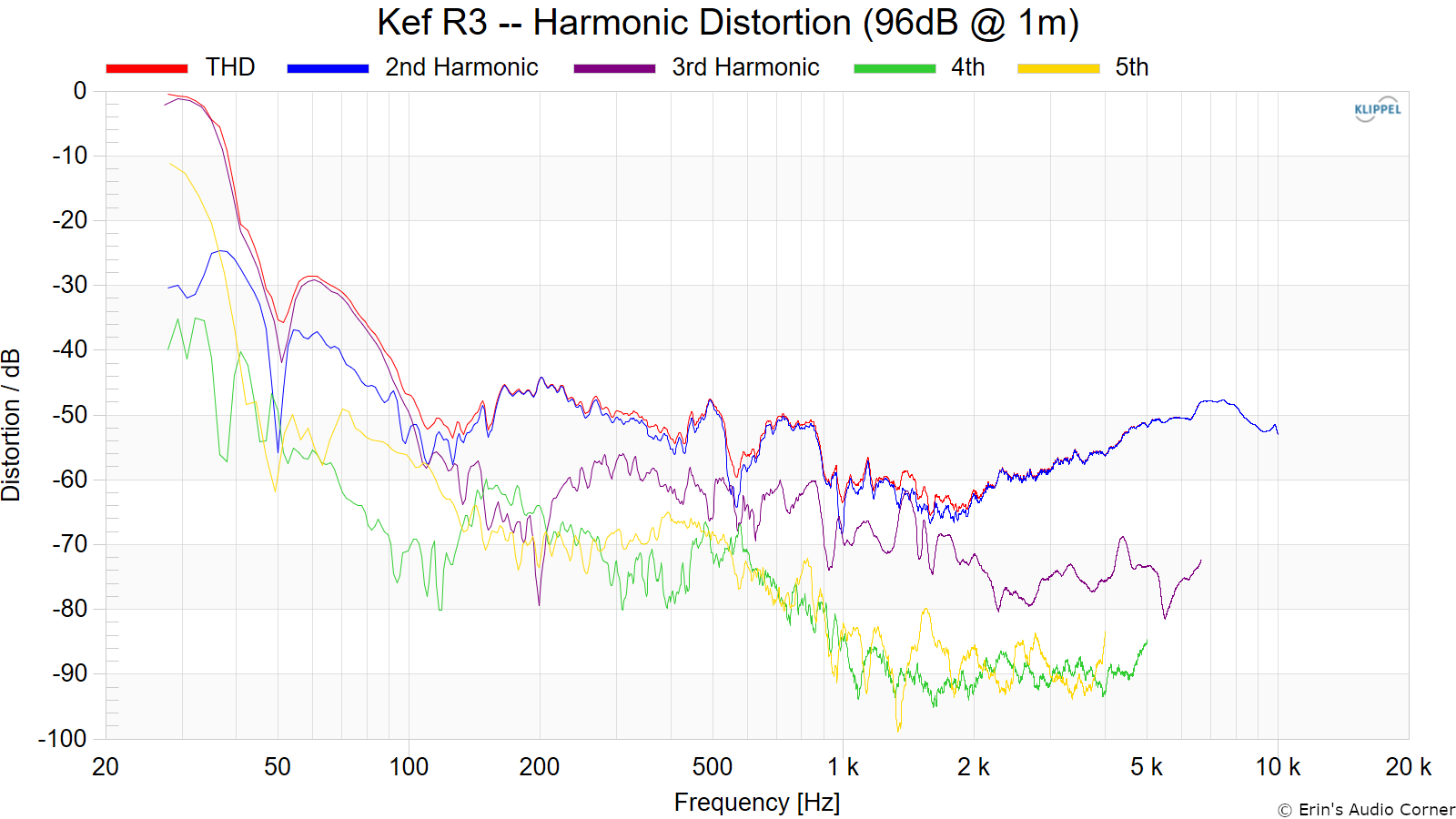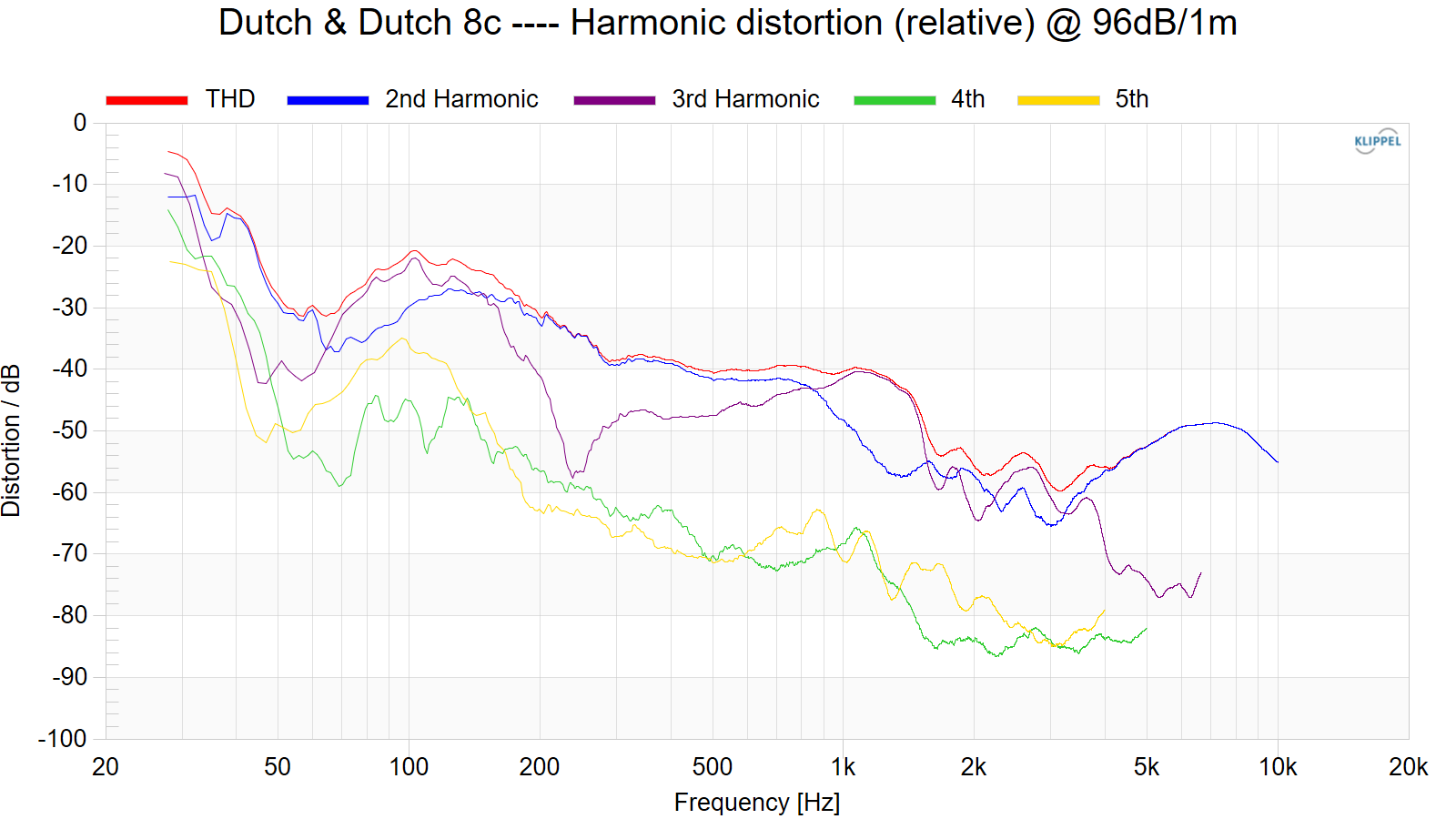BrokenEnglishGuy
Major Contributor
- Joined
- Jul 19, 2020
- Messages
- 1,936
- Likes
- 1,158
Do you live in an anechoic chamber or are you completely crazy?
Most good rooms have +/- 10 dB error rate, usually +/- 15 dB or +/- 20 dB in regular domestic settings. Only state of the art rooms approach +/- 5 dB and below. for example the D&D 8C anechoic response is ±1.5dB from 30Hz to 18kHz, which is out of this world bonkers good.
I talked about a singular big null, no the entire smothness in the FR. In fact I posted here how i fixed the null.
I finded the post, now i can post more clearly the idea.
The goal was remove the big nul:
I moved the speakers handred of times and i got this:
Which is very easy to work with EQ. If you find a way to remove the biggest null and then flat the rest with EQ you can have a very good FR.
Something like this
Again, is not that i got a +-1dB in the entire audio band. I talked about this null, that being said the 8c because its cardiod doesn't gonna have the typical FR in room? the fr gonna be something very linear?
Last edited:


